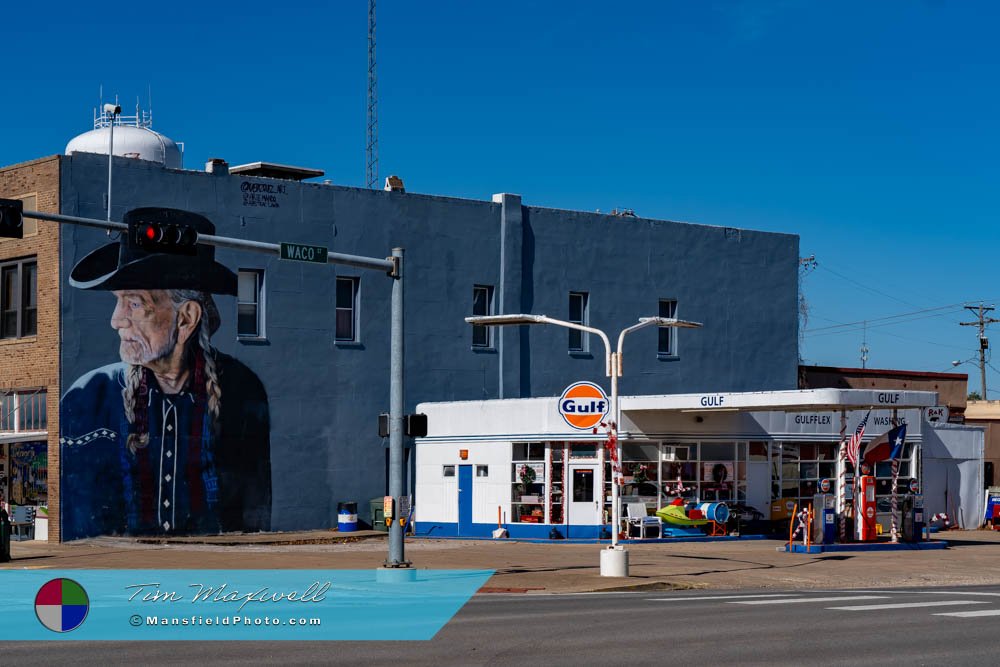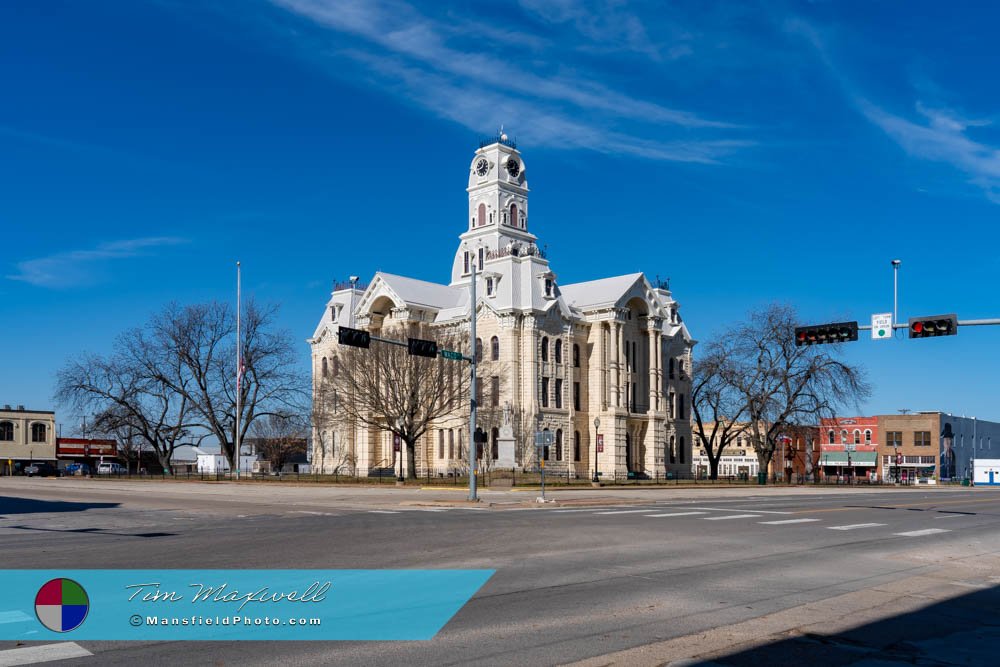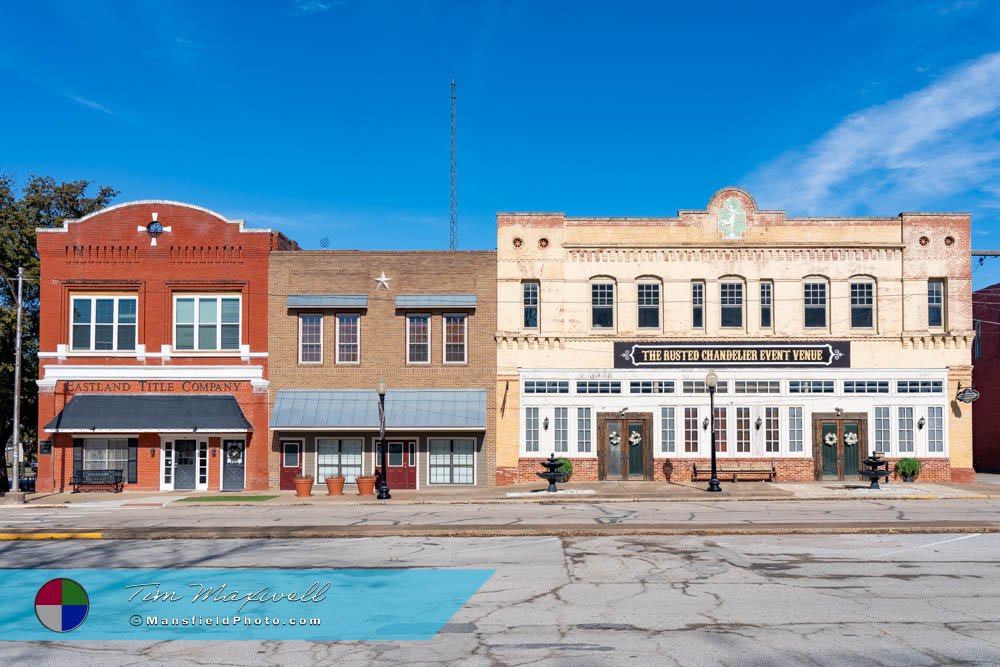Hillsboro, Texas
– Texas History & Willie Nelson. 📖
Hillsboro, Texas, takes its name from Hill County, which was named after Dr. George Washington Hill, a secretary of war and secretary of the navy for the Republic of Texas. When the town was founded in the mid-1800s, it was decided to name it Hillsborough, but that was later shortened to Hillsboro. The name has been a reflection of the town’s deep-rooted connection to the county’s namesake and the area’s prominent early settlers.
Early Settlement and Founding
The town was settled in the 1850s, officially founded in 1853 when it was selected as the county seat of Hill County. The town quickly became a central hub for the region’s agricultural activities, as its fertile lands were ideal for farming. Cotton was the primary crop, and it became a bustling trade center for cotton, livestock, and other agricultural products.
The town’s early growth was tied to its strategic location on a main stagecoach route, and later, the arrival of the Missouri-Kansas-Texas (Katy) Railroad in 1881. The railroad helped Hillsboro expand its influence as a shipping and trade hub, linking it to larger markets across Texas and beyond. This influx of transportation and commerce led to a population boom in the late 19th century, cementing the town’s importance in Hill County.
Historic Downtown
One of the most striking features is its beautifully preserved historic downtown area.
The town square is anchored by the impressive Hill County Courthouse, a stunning Renaissance Revival-style building completed in 1890. The courthouse remains a symbol of the town’s proud history and serves as the focal point for the downtown district. We have deemed it one of the most beautiful Courthouses in Texas.
The buildings surrounding the square have retained their historic charm, with many dating back to the late 1800s and early 1900s. Visitors can find a variety of antique shops, local boutiques, restaurants, and other small businesses that continue to breathe life into the heart of the town. Hillsboro’s downtown area has become a popular destination for history buffs and those seeking a glimpse of small-town Texas life.
Interesting Facts
Hill College: Established in 1923, Hill College is located in Hillsboro and serves as an important educational institution for the region. The college plays a key role in the community and offers a range of academic programs and cultural events.
The Great Fire of 1877: Hillsboro faced a devastating fire in 1877 that destroyed many of its early structures. Despite the setback, the community rebuilt, leading to the development of the more durable, stone-built structures that stand today.
Willie Nelson’s Ties: Hillsboro has a special connection to country music legend Willie Nelson, who attended Hillsboro High School and spent much of his youth in the town. Willie Nelson’s influence is still felt in the town, and he’s been known to make appearances at local events.
Hillsboro’s Role in Texas History
The town’s historical significance extends beyond its role as a farming and trade hub. It was also a critical location during the Civil Rights Movement. In 1950, the town was the site of a landmark school desegregation case, Sweatt v. Painter, which led to the eventual desegregation of the University of Texas Law School and helped pave the way for broader civil rights victories across the country.
In addition to its historical contributions, Hillsboro has been recognized for its preservation efforts. Many of the town’s original buildings have been restored, making it one of the best-preserved small towns in Texas. The Texas Historical Commission has honored the town for its efforts to maintain the architectural integrity of its historical structures.
Hillsboro Today: A Blend of History and Progress
Today, Hillsboro is a thriving community of around 8,000 residents. The town continues to honor its history while embracing modern growth and development. Hillsboro’s economy has diversified beyond agriculture, with a focus on tourism, education, and small businesses. The town’s proximity to major highways, including Interstate 35, has made it a popular stop for travelers heading between Dallas and Waco.
The historic downtown area remains the heart of the community, with events like the Hillsboro Cotton Pickin’ Fair and Antique Car Show drawing visitors from across the state. The town is also home to several cultural attractions, including the Texas Heritage Museum at Hill College, which explores Texas history and the state’s military heritage.
Hillsboro’s commitment to education continues with Hill College, which offers residents and students access to quality higher education. The college is an essential part of the town’s identity and provides a wide range of academic programs and cultural opportunities.
Interesting Landmarks and Attractions
In addition to its historic downtown and courthouse, Hillsboro is home to several other notable landmarks. The Hill County Cell Block Museum, located in the old county jail, offers visitors a glimpse into the town’s law enforcement history. The museum showcases artifacts, historical records, and exhibits related to the county’s past.
Outdoor enthusiasts can enjoy Lake Aquilla, located just outside of town, which offers fishing, boating, and camping opportunities. Hillsboro’s mild climate and scenic surroundings make it an ideal spot for those seeking a relaxing retreat in nature.
Conclusion: Hillsboro’s Bright Future
Hillsboro’s combination of rich history, charming downtown, and welcoming community make it a standout town in North Texas. While the town honors its past through preservation and education, it also looks to the future with a focus on growth and modernization. Whether you’re a history lover, a fan of small-town Texas charm, or just passing through, Hillsboro offers something for everyone. Its beautifully preserved buildings, cultural attractions, and vibrant community spirit make it a town well.
📸 Interested to See More Photos of This Town?










